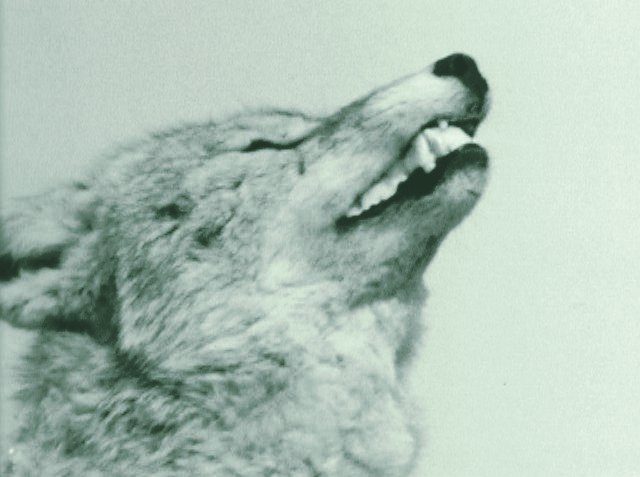PORTLAND, Ore. – Once — before bounties, government-funded extermination projects and expansive human settlement — wolves freely roamed much of the United States.
They were abundant in the dense Eastern forests, the lush grasslands of the Great Plains and across most of the West’s mountains and valleys.
Scientists estimate there were once some 2 million wolves in North America.
Most are gone now, victims of an unwillingness on the part of livestock operators to coexist with a predator so wild and complex and uncontrolled.
Fortunately, our thinking about wolves has changed in recent decades as we’ve come to understand their crucial role in driving the evolution and function of natural ecosystems.
In 1976 they were given protection under the Endangered Species Act.
With protection and efforts to reintroduce them to Yellowstone National Park and elsewhere, wolf numbers have increased dramatically in the northern Rocky Mountains and upper Midwest.
But the job is far from done. Wolves occupy less than 5 percent of their historic range in the lower 48 and continue to be killed by poachers and state and federal agents.
Many wolf populations are also too small and isolated to maintain genetic diversity or prevent their long-term demise.
That badly sells short our ethical and legal obligations to restore the wolf in the United States and impoverishes the landscape of a vital, life-altering force.
That’s why the Center for Biological Diversity filed a petition with the U.S. Fish and Wildlife Service to develop a national recovery plan for wolves.
The plan would provide a much-needed roadmap for establishing wolf populations in suitable habitat in the Pacific Northwest, California, Great Basin, southern Rocky Mountains, the Great Plans and New England.
Specifically, scientists have identified nearly 30,000 square miles from upstate New York to Maine that could support wolves.
Establishing wolf populations throughout much of the country — and corridors for individuals to travel between back and forth — will not only increase numbers but will also allow for needed genetic exchange.
But the problem is, this sort of national perspective on wolf restoration has never been applied by the government.
Instead, the U.S. Fish and Wildlife Service relies on outdated, decades-old plans that view wolf restoration as a piecemeal project — a few wolf populations here and there — and underestimate how many are needed for true recovery.
The recovery plan for the northern Rockies, for example, calls for a population of just 30 breeding pairs spread between three subpopulations.
There were 115 wolf pairs in 2009, but because the plan sets the bar far lower than this, Wyoming, Idaho and Montana, to varying degrees, would all like to drastically slash wolf populations from where they are now to near the very low thresholds established in the recovery plan.
We’ve learned so much more about wolves since most of those plans were written. We know more about their behavior, their ecology and what’s needed for healthy, sustainable populations.
But rather than embracing what we’ve learned and taking a national scope for wolf recovery, the government has been busy trying to lift protections and defending its own flawed decisions.
We hope our petition sparks a new national conversation about finishing the job of wolf restoration.
The way to accomplish that is one that identifies suitable habitat, considers connectivity between populations and gives this vital animal a chance to help us learn to live in balance with nature.
Send questions/comments to the editors.



Success. Please wait for the page to reload. If the page does not reload within 5 seconds, please refresh the page.
Enter your email and password to access comments.
Hi, to comment on stories you must . This profile is in addition to your subscription and website login.
Already have a commenting profile? .
Invalid username/password.
Please check your email to confirm and complete your registration.
Only subscribers are eligible to post comments. Please subscribe or login first for digital access. Here’s why.
Use the form below to reset your password. When you've submitted your account email, we will send an email with a reset code.